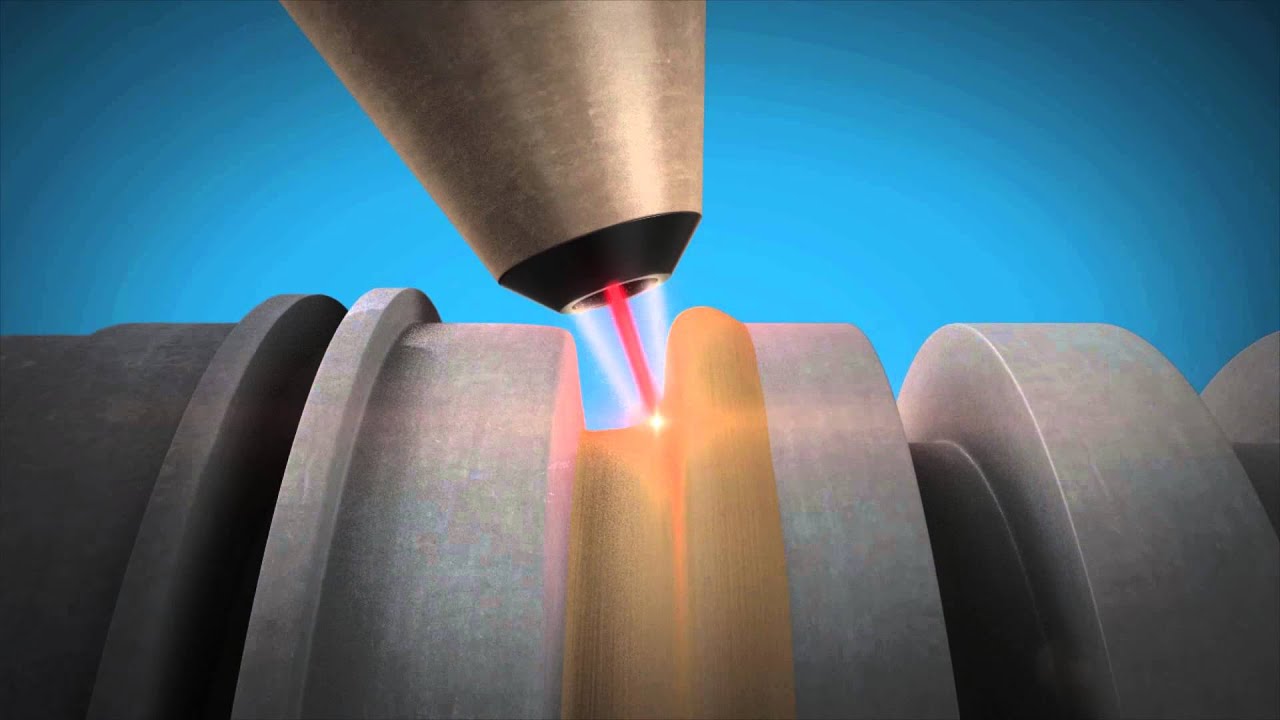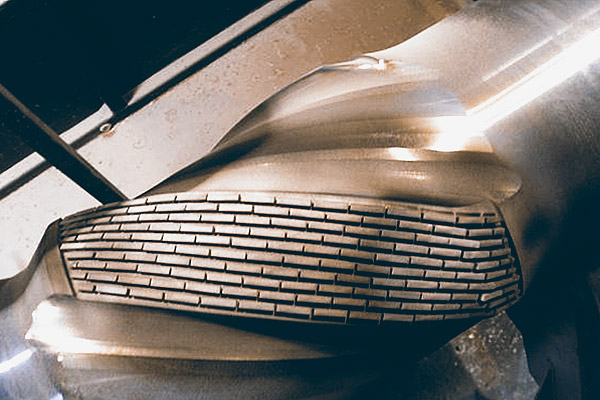What Is The Difference Between Hardfacing And Cladding

"Hard facing” and “cladding” are two terms that are often used synonymously, actually they are different applications. Hardfacing is a welding process that applies a high-wear surface to add protection and extend the life of the object. The material welded typically contains carbides and, in most cases, this is cemented carbide. It looks like a bunch of weld beads laid down side by side.
Cladding is the application of a dissimilar metal to the surface of another metal. Cladding will typically use overlay material that is similar to the base material but in many cases uses a different material to give a beneficial property to just that portion of the component, such as high hardness, corrosion resistance, or just to meet a refurbishing function. As with cladding, laser hardfacing cannot be machined and must be ground.
Hardfacing VS. Cladding process
However hardfacing and cladding are surface overlay processes that are different in material characteristics that meet different requirements, they both can be achieved using similar processes:
• Lasers
• Thermal spray
• Flux-cored arc welding or FCAW
• Plasma Transfer Arc [PTA] welding

The choice between hardfacing and cladding comes down to the characteristics you want to impart, the materials involved, and an understanding of the environment that the surface is subjected too. In hardfacing, the heavy, wear-resistant carbide/metal deposit can be applied by laser, thermal spraying, spray-fuse, or welding. Thermal spraying is best for items sensitive to heat distortion, as opposed to spray-fuse that requires flame spraying and fusion with a torch. Thermal spray is not a welding process; therefore, bond strength is very low as compared to a welded or brazed overlay. Traditional weld hardfacing can be used to apply a very thick layer (up to 10’s of mm) of wear-resistant material. Laser hardfacing has benefits over the other processes primarily because it is a welding process that has lower heat, lower dilution, and less dissolution of the carbide. This all enables the ability to achieve very thin hardfacing overlays.
Cladding is a weld overlay process yielding a totally new surface that can be used with a large variety of overlay materials in different forms such as powder, wire, or cored wire. What's more, traditional overlay processes can be used as listed above. Just like laser hardfacing, laser cladding has benefits over the other processes primarily because it is a welding process that has lower heat and lower dilution. This all enables the ability to achieve very thin clad overlays.
Laser hardfacing and cladding are used in almost every industry market with applications such as:
• Oil and gas
• Automotive
• Construction equipment
• Agriculture
• Mining
• Military
• Energy generation
• Repair and refurbishment of tools, turbine blades, and engines
Laser hardfacing and laser cladding both provide the advantages of little thermal distortion, high productivity, and cost-effectiveness.

Lasers In Hardfacing And Cladding Processes
Using lasers as a heat source in hardfacing and cladding provides precision and the lowest amount of chemical dilution to weld two materials. It provides a cost-effective way to use less expensive substrate materials by applying a weld overlay, which provides the corrosion, oxidation, wear, and temperature resistance. The high production rate with which products can be completed combined with material cost advantages make laser cladding and hardfacing a popular choice for many industries.





















